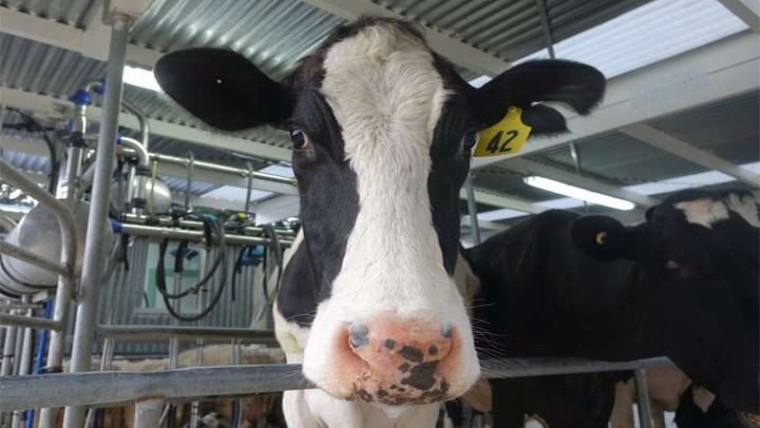
By Tom Bailey. Content supplied by Rabobank
The market dichotomy in the dairy sector continues as the latest GDT auction price index (event 260) ticked 1% higher, while European and U.S. governments step-in to support their struggling local markets through programs such as inventory financing and food aid.
For perspective, roughly the same amount of SMP was sold in event 260 (3,300 MT) as went into the EU’s Public Storage Aid “PSA” over the last two weeks (3,377 MT).
The increase in the latest GDT does not come as a total surprise as the economy begins reopening and government support mechanisms take effect, spurring demand and helping to balance out the market.
Event 260 saw North Asian and Southeast Asian demand (which accounts for nearly three-quarters of total volumes) remain relatively flat compared to the last event. Buyers from the Middle East and Africa, and Latin America all had increases, to the tune of 20-50%. North American buyers were absent and European demand declined significantly, reflective of the oversupply of SMP rapidly developing in both markets.
WMP prices slipped -0.5% and with over 10,000 MT on offer, demonstrating that global demand for New Zealand WMP remains stable. Cheese prices meanwhile slipped by 6%, a reasonable move given cheese has been one of the hardest-hit dairy commodities due to the closure of so many foodservice restaurants throughout the coronavirus lockdowns. Lactose demand had the greatest uptick in price 15.6% to $1,341MT, the highest price since 2014. Given lactose’s wide array of applications, it is difficult to pin down an underlying driver, but given that it is a key ingredient in IMF as well as pharmaceutical uses it is reasonable to assume that concerns around food security may be driving its price support.
There has been a change of tone in the market in the last few weeks. June CME futures prices for US nonfat dry milk (SMP) have jumped 15% since May 5th to $2,150 MT, this compares to today’s GDT price of $2,549 MT. The rally in U.S. prices is closely tied to the refilling of pipelines as the economy gets moving, government purchases for food aid programs, as well as the impacts of processors requesting dairy farmers to reduce milk supply. The price rally is great news for dairy farmers. But government purchases are temporary, as is the refilling of pipelines, and at these prices, milk growth is coming back.
One thing is fairly certain, prices will be volatile for some time.
Key Results
AMF index up 2.7%, average price US$4,079/MT
Butter index down 1.9%, average price US$3,803/MT
Cheddar index down 6%, average price US$3,864/MT
LAC index up 15.6%, average price US$1,341/MT
RenCas index down 1.9%, average price US$8,719/MT
SMP index up 6.7%, average price US$2,549/MT
WMP index down 0.5%, average price US$2,677/MT
We welcome your comments below. If you are not already registered, please register to comment
Remember we welcome robust, respectful and insightful debate. We don't welcome abusive or defamatory comments and will de-register those repeatedly making such comments. Our current comment policy is here.